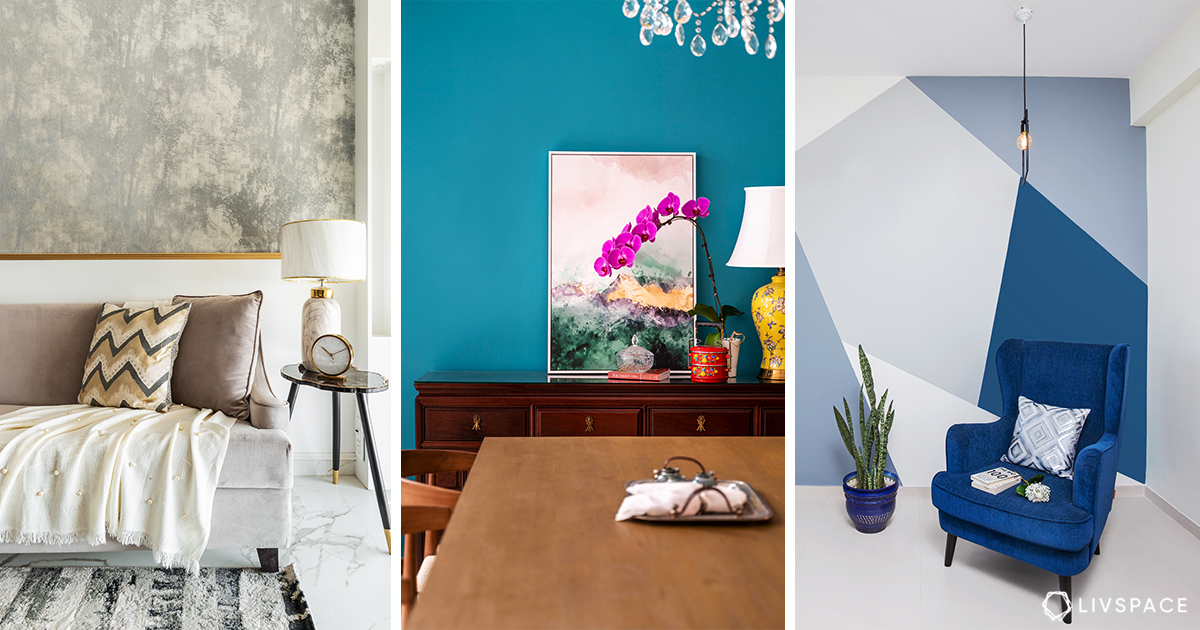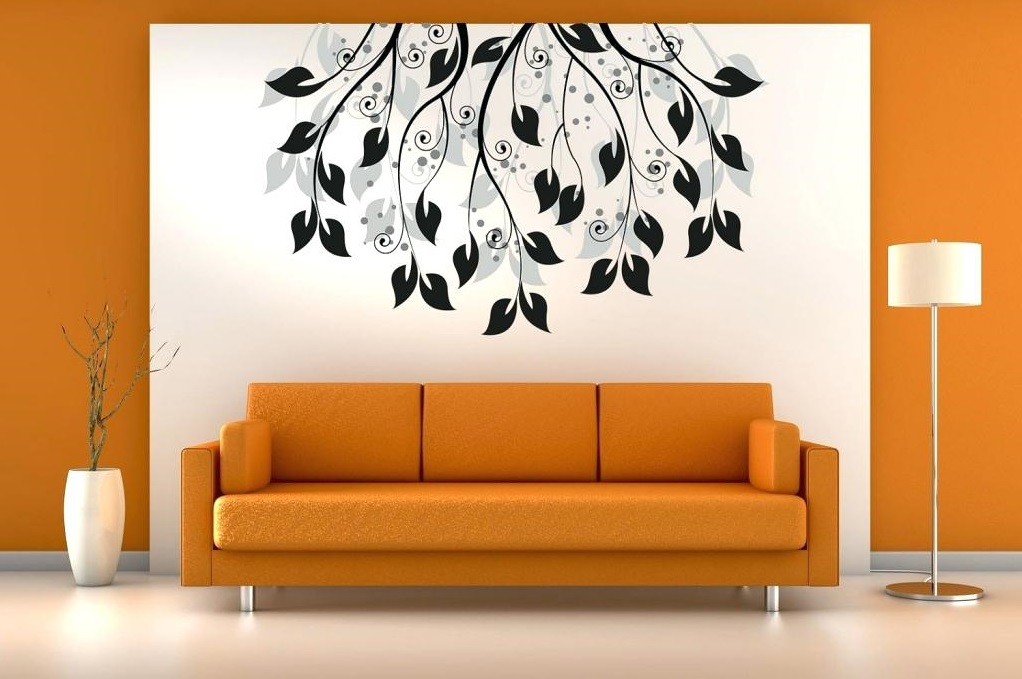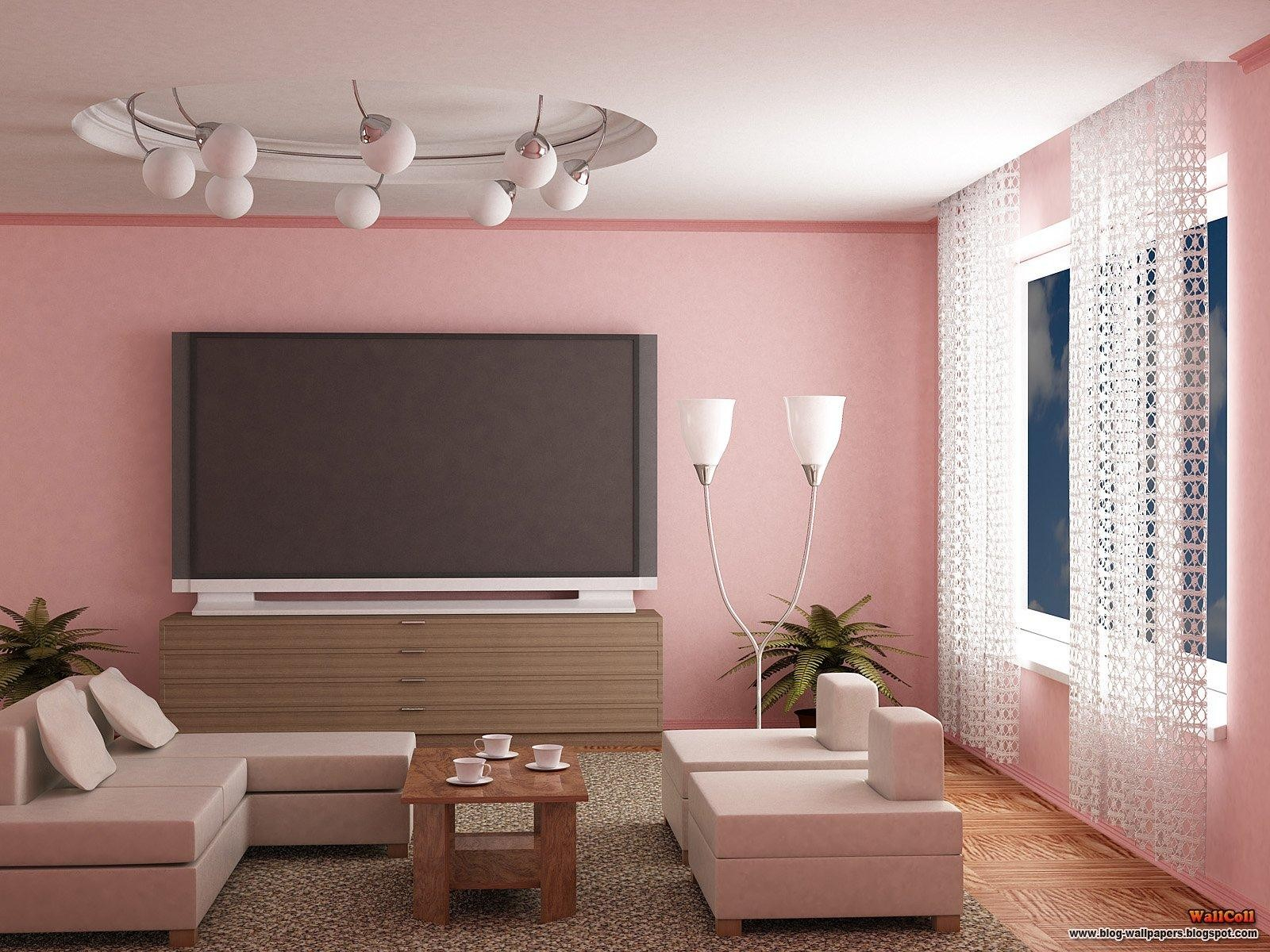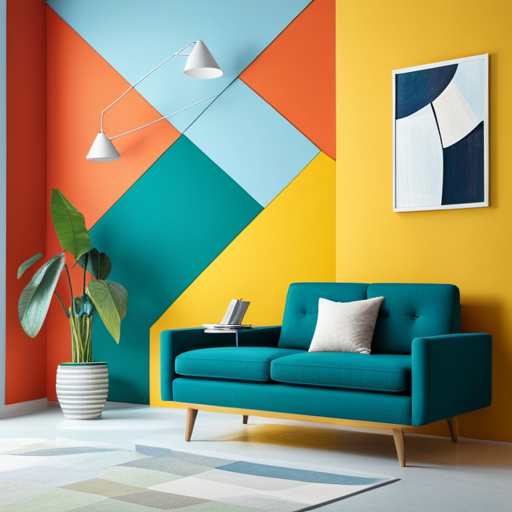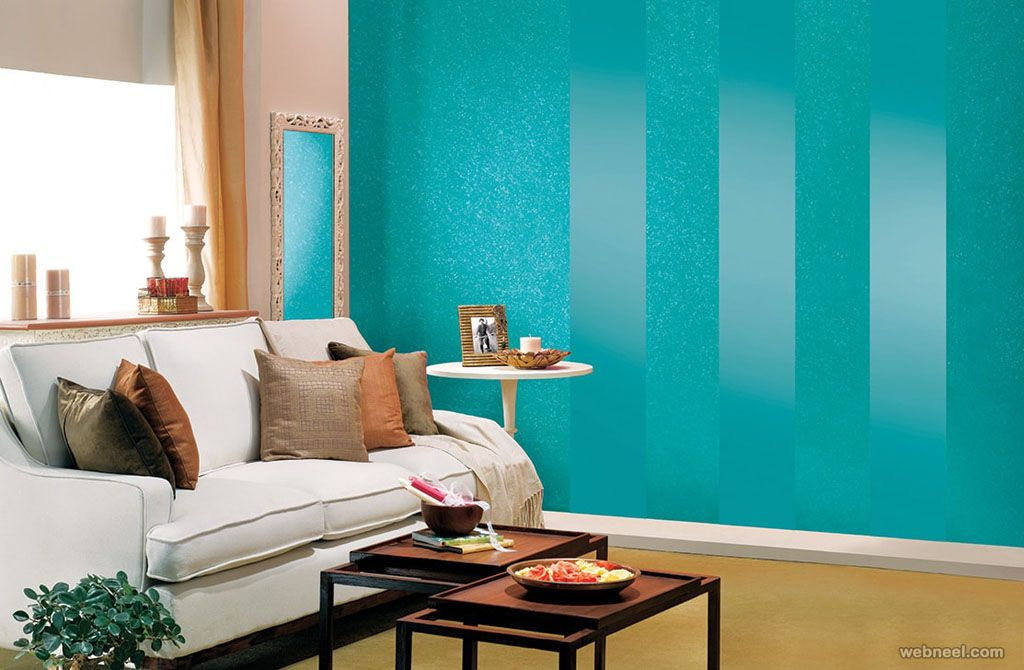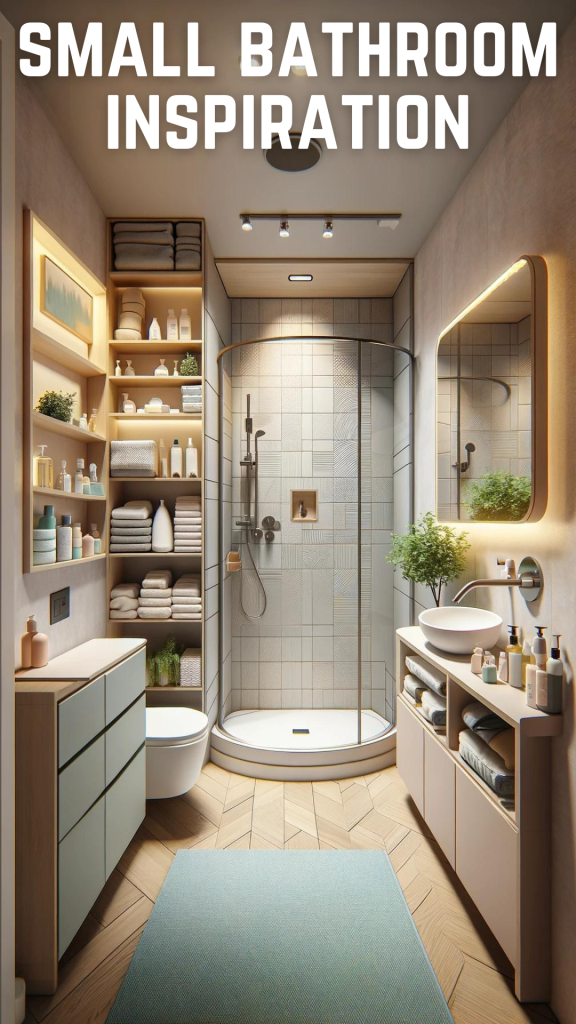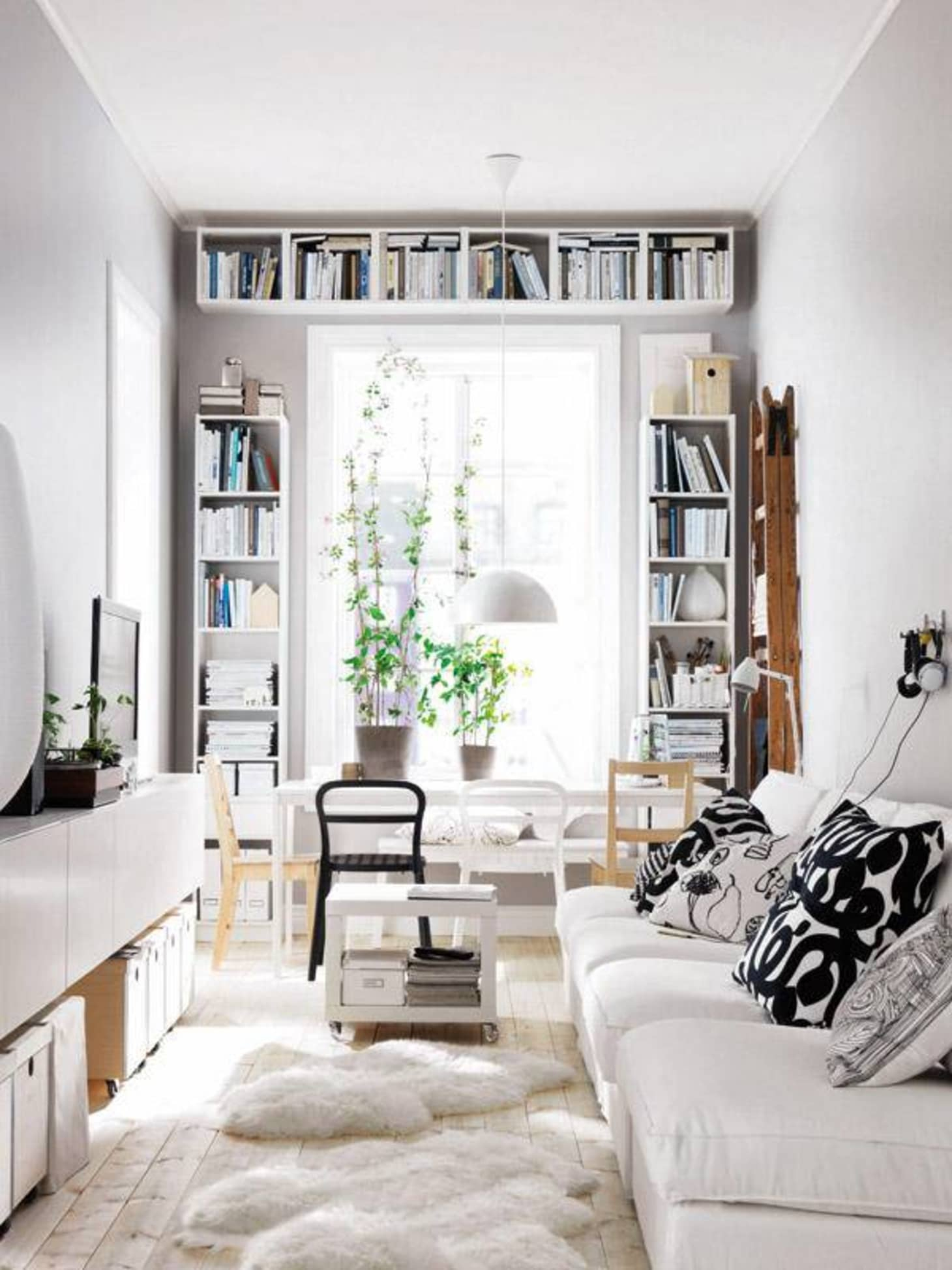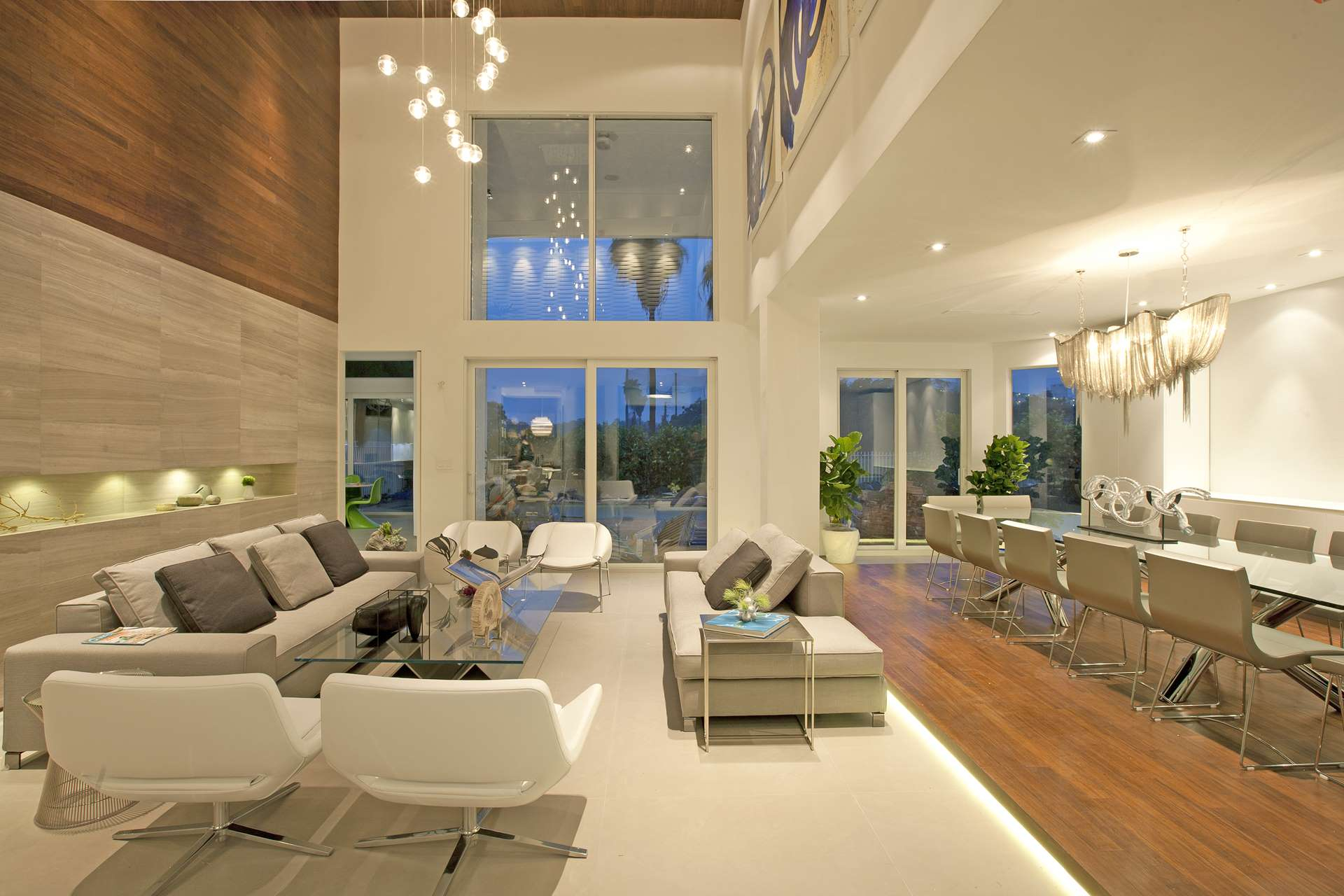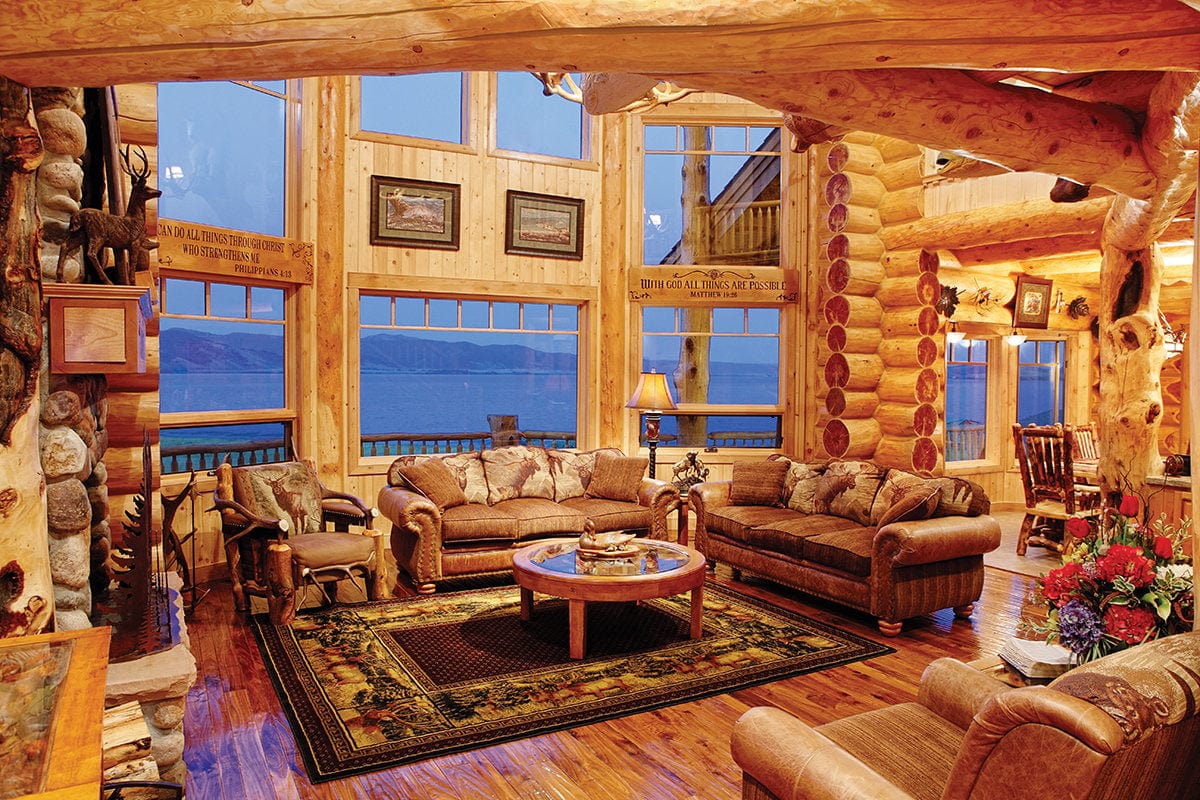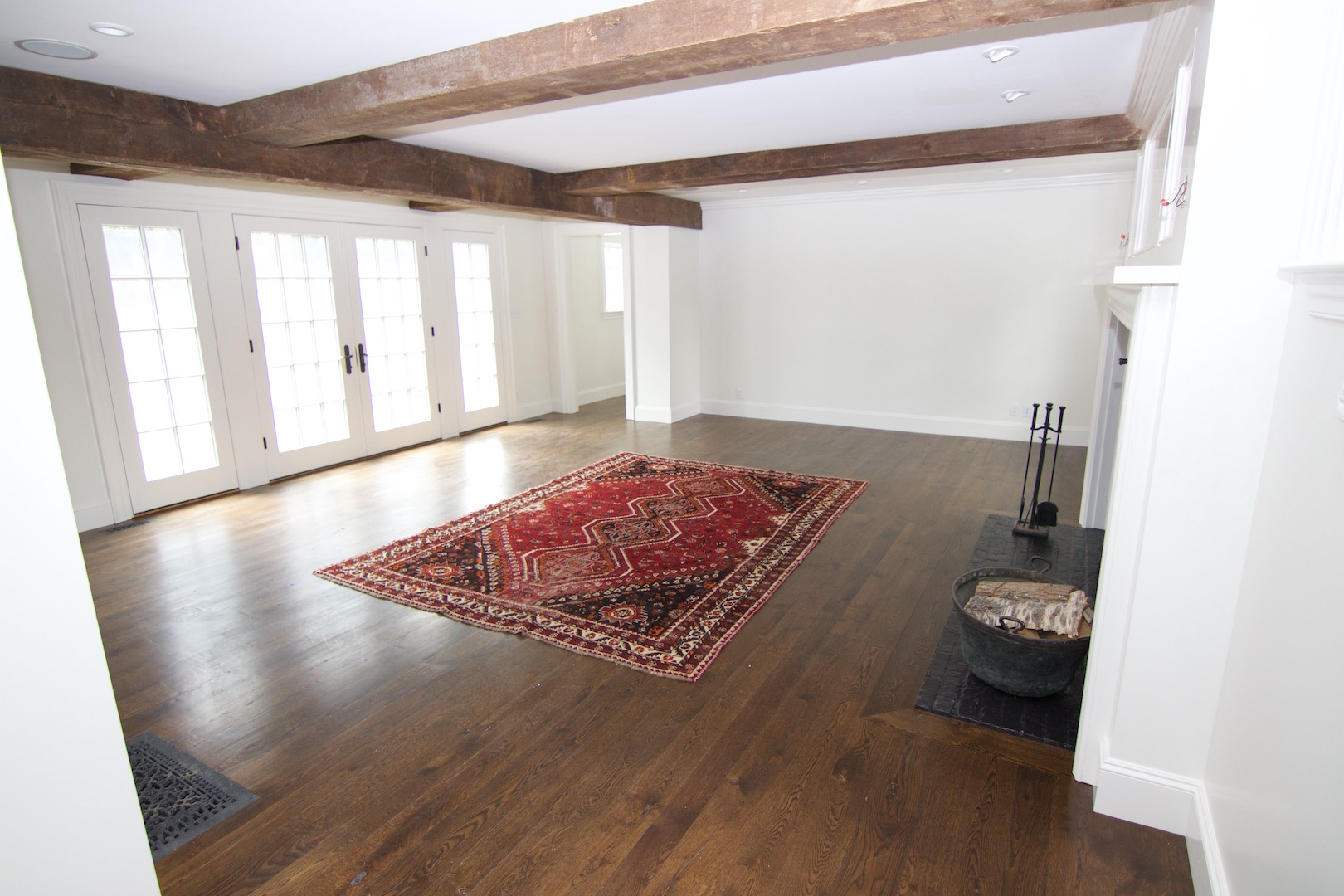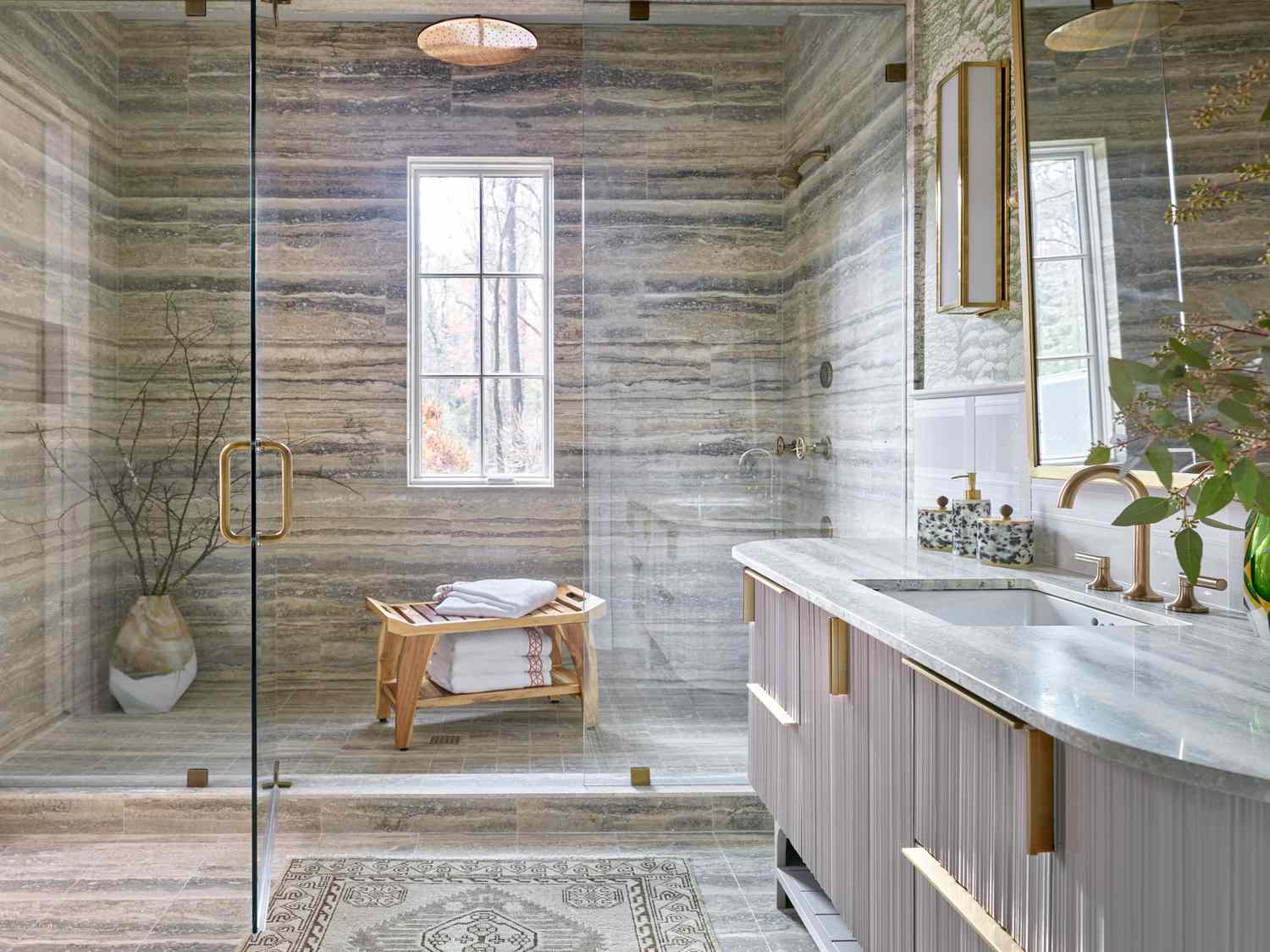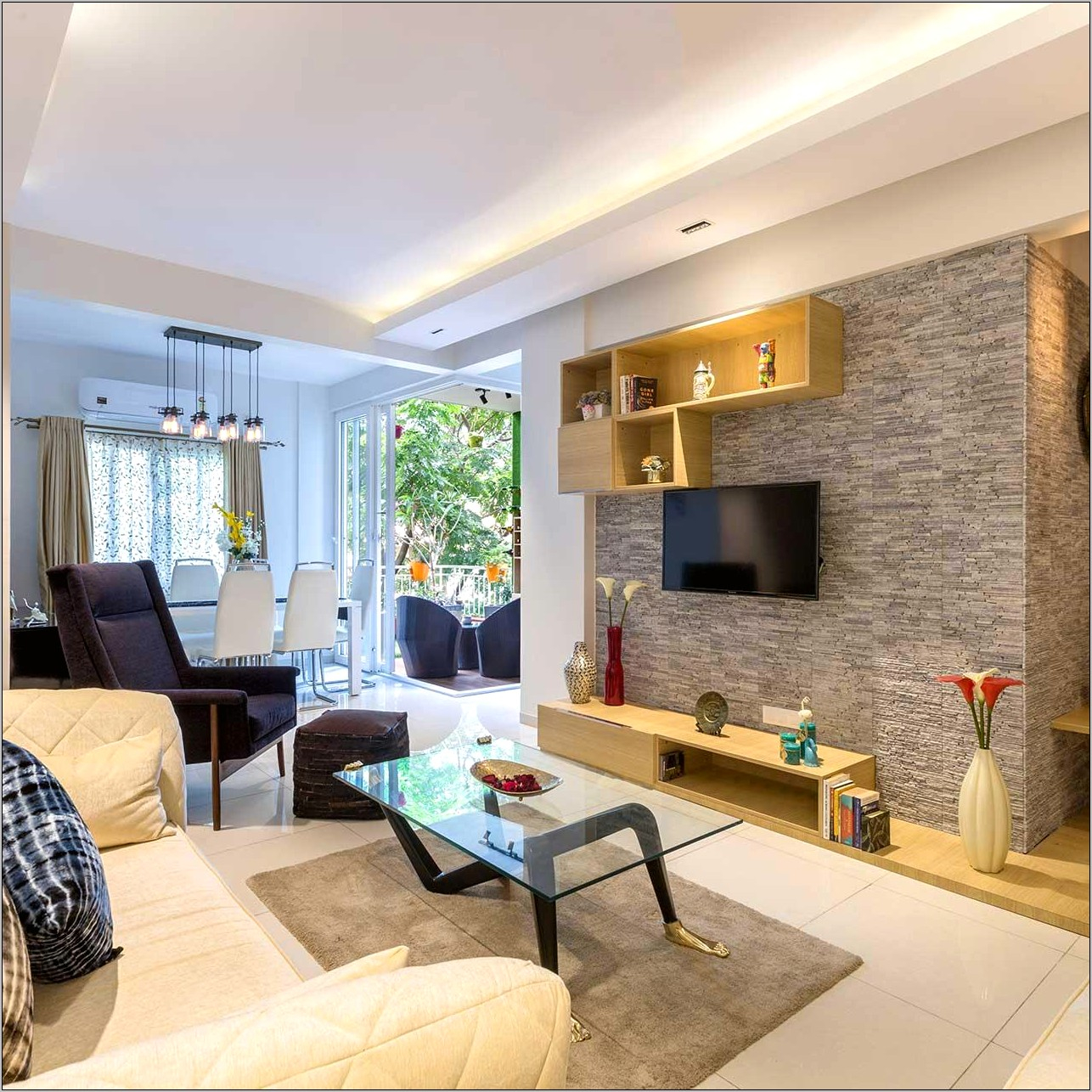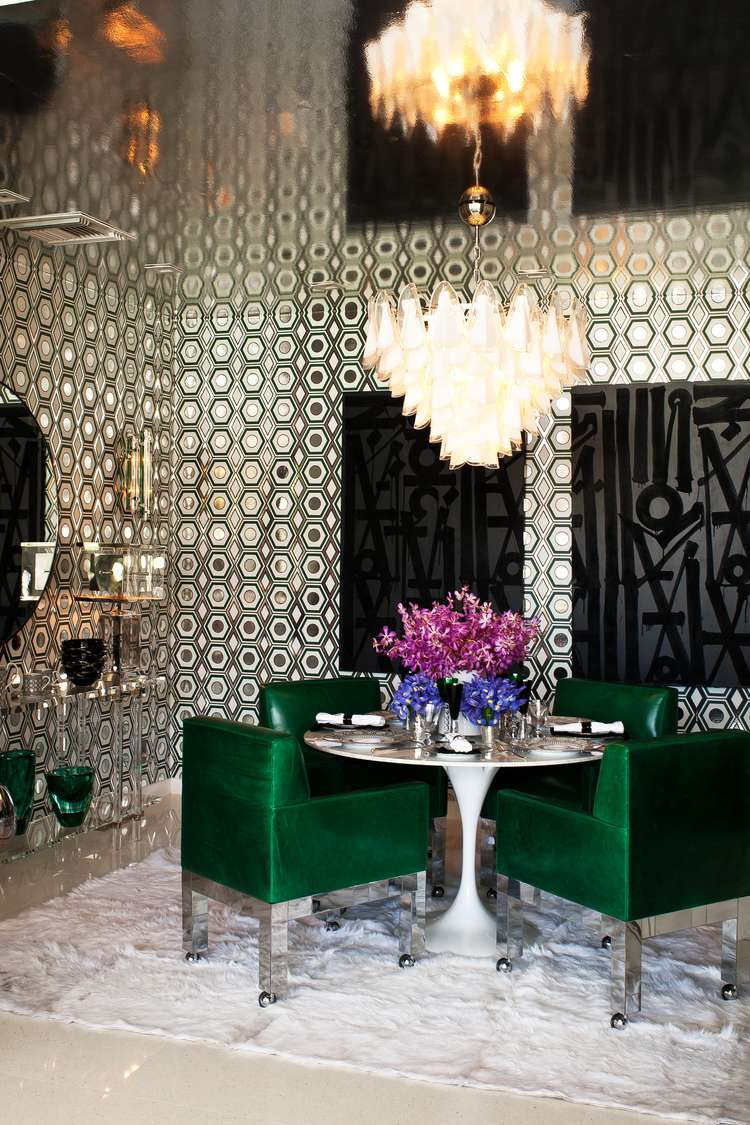Ever walked into a room and just felt… different? Maybe it was the cozy embrace of a warm tone, or the invigorating spark of a cool shade. Color isn’t just decoration; it’s a powerful tool that shapes our experiences, especially within the walls of our own homes. Let’s dive into how the shades you choose can profoundly impact your well-being and the atmosphere of any space.
We spend so much time thinking about the furniture, the layout, and the accessories when we decorate. But what about the biggest canvas of all – our walls? The paint color you select is the foundation for everything else. It sets the stage, influences how light behaves, and, perhaps most importantly, it speaks a silent language to our emotions. Understanding the psychology behind wall paint can transform your house into a truly intentional sanctuary. It’s not just about picking a color you like; it’s about picking a color that makes you feel the way you want to feel.
The Impact of Blues: Calm and Serenity
Think of the sky on a clear day or the deep ocean. Blues are universally associated with tranquility, stability, and peace. Lighter shades, like sky blue or robin’s egg, can make a room feel more spacious and airy, perfect for bedrooms or bathrooms where relaxation is key. Deeper blues, such as navy or sapphire, can create a sense of sophistication and calm focus, making them great choices for home offices or studies. However, be mindful that too much of a cool blue, especially in a room that already lacks natural light, can sometimes feel a bit chilly or somber. It’s all about finding that perfect balance.
Reds and Oranges: Energy and Warmth
These are the colors of passion, energy, and warmth. Reds, in particular, are known to stimulate conversation and can even increase appetite, which is why you often see them in restaurants. A touch of red, perhaps in an accent wall or a bold accessory, can add a vibrant punch to a living room or dining area. Oranges, from soft peach to fiery terracotta, offer a welcoming and cheerful vibe. They’re fantastic for creating a cozy and inviting atmosphere in family rooms or kitchens. Just remember, these are potent colors. Overdoing it with bright reds or oranges can lead to feelings of restlessness or even aggression, so a little often goes a long way.
Greens: Nature, Balance, and Renewal
Green is the color of nature, growth, and harmony. It’s incredibly versatile and tends to have a balancing effect on our emotions. Soft, muted greens, like sage or mint, bring a sense of calm and rejuvenation, making them ideal for nurseries, bedrooms, or any space where you want to feel refreshed. Brighter, more vibrant greens can inject a dose of lively energy, suitable for a home office or a playful accent. Because green is so closely tied to the natural world, it often feels inherently soothing and can help reduce stress. It’s a safe bet for creating a peaceful environment.
Yellows and Golds: Happiness and Optimism
Yellow is often called the color of sunshine, and for good reason. It’s associated with happiness, optimism, and creativity. A soft, buttery yellow can make a kitchen feel bright and cheerful, while a more golden hue can add a touch of warmth and elegance to a living space. Yellows can also help stimulate mental activity. However, be cautious with very bright or intense yellows, as they can sometimes be overstimulating or even evoke feelings of anxiety if used excessively. The key is to find a shade that feels uplifting without being jarring.
Purples and Lavenders: Luxury and Creativity
Historically, purple was a color associated with royalty and luxury. Today, it can evoke a sense of creativity, imagination, and even spirituality. Lighter shades, like lavender or lilac, offer a gentle, calming effect, often used in bedrooms or spaces dedicated to relaxation and meditation. Deeper purples, such as amethyst or plum, can add a touch of drama and sophistication. It’s a color that can encourage introspection and is often favored by those who appreciate art and creativity. Like blues, too much deep purple might make a room feel a bit dark, so consider your lighting and the room’s purpose.
Neutrals: Grounding and Versatility
Don’t underestimate the power of neutrals! Whites, grays, beiges, and creams are the backbone of many beautiful interiors. They provide a sense of calm, order, and sophistication. White can make a space feel expansive and clean, though stark whites can sometimes feel sterile. Off-whites and creams offer a softer, warmer alternative. Grays range from cool and modern to warm and cozy, offering incredible versatility. Beiges and tans provide a natural, earthy feel. Neutrals are fantastic because they serve as a perfect backdrop for other colors and textures, allowing your furniture and decor to shine. They’re also excellent for creating a sense of continuity throughout your home.
Choosing wall paint is more than just a design decision; it’s an opportunity to curate the emotional landscape of your home. Think about how you want to feel in each room. Do you crave energy for your morning routine, or a peaceful retreat for the evening? By understanding the subtle yet profound psychological effects of different colors, you can make choices that enhance your daily life. Don’t be afraid to experiment, test swatches on your walls, and trust your intuition. Your home should be a reflection of you, and the right colors can help bring that vision to life, creating spaces that are not only beautiful but also deeply resonant with your well-being.


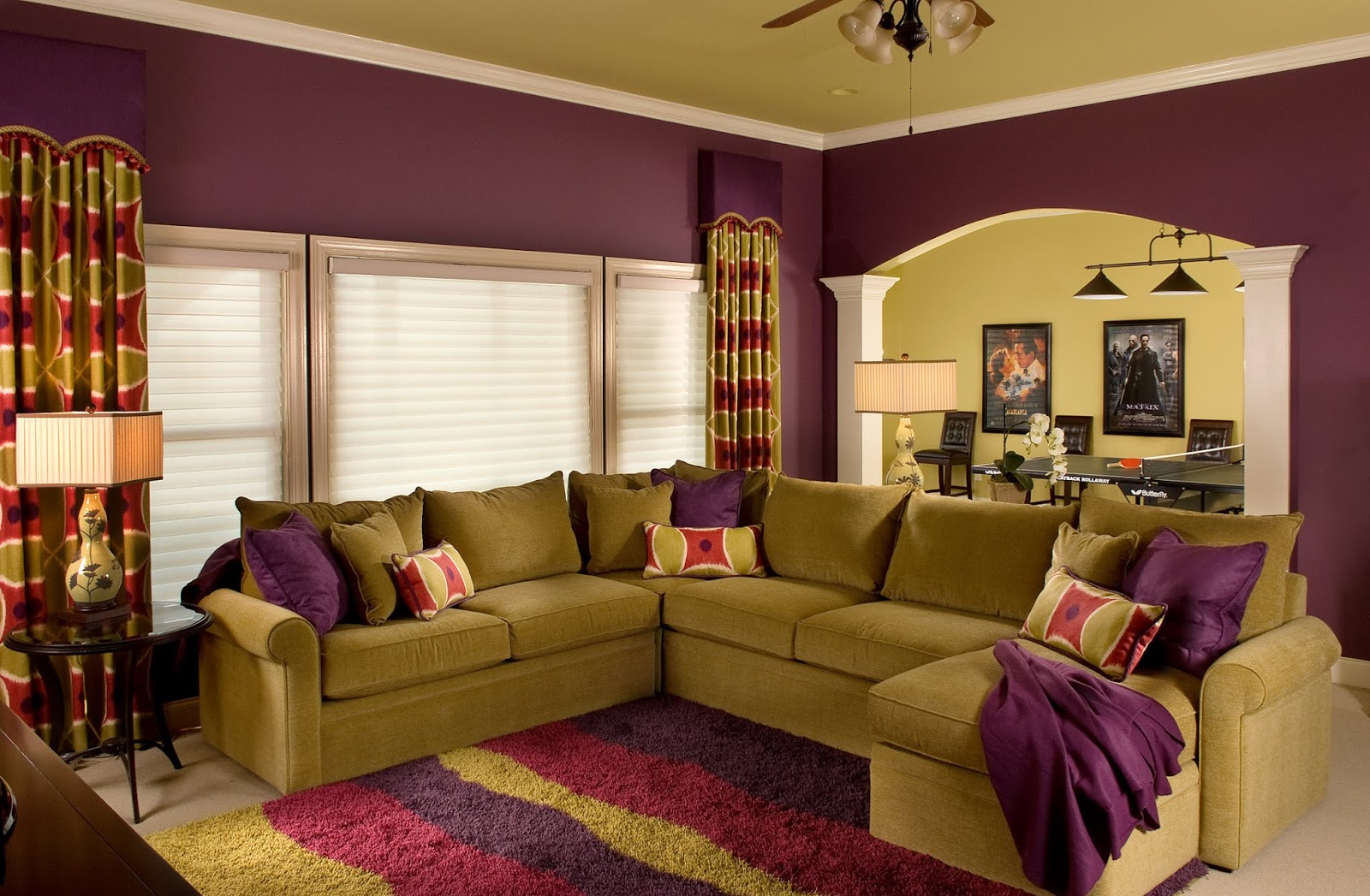

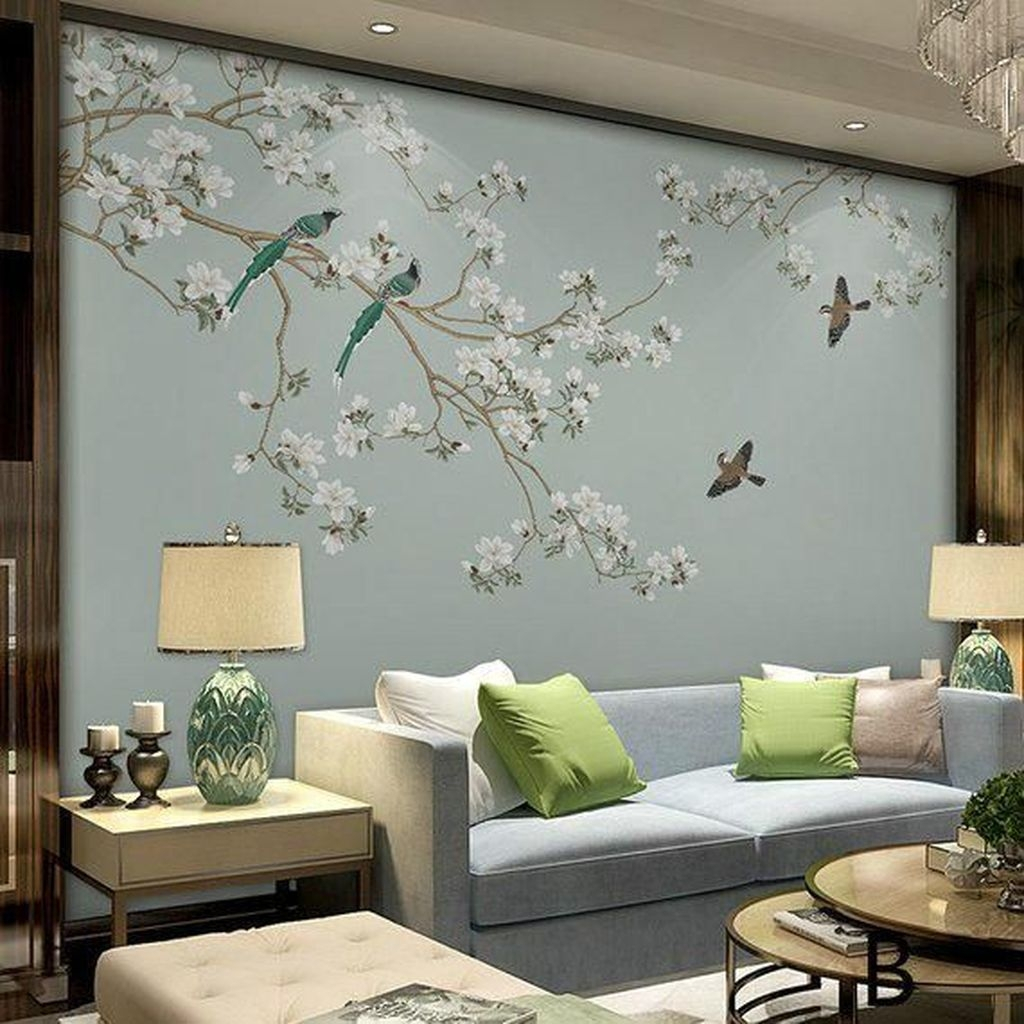
![[Download 23+] Paint Designs For The Wall pertaining to Interior Design Ideas For Wall Painting](https://roofdrivein.com/wp-content/uploads/2025/08/download-23-paint-designs-for-the-wall-pertaining-to-interior-design-ideas-for-wall-painting.jpg)
